I’ve been searching for an underwater critter since we began this journey. The female of the species is in charge. She reigns over a territory of more than 1000 square feet while the male gets a meager 5 feet. Still, once a courtship begins through a slow romantic dance, the couple remains monogamous for life. Don’t you love that? They live in the sea but are terrible swimmers. They’re considered fish but don’t have scales. They don’t have a stomach or teeth either. They’re the only species on the planet where the male gets pregnant and gives birth to the young. Honestly, who wouldn’t want to meet the famed horse caterpillar?
 Three years ago, when we sailed to Bonaire, people were certain I’d find this elusive critter. The island, after all, is a haven for anything that lives in the sea and all marine life is fiercely protected by the island’s residents. In the healthy crystal-clear waters of this southern Caribbean Island, I snorkeled shallow water and dove deep to fields of Stag-horn coral searching for the miniature equine with its tail firmly tethered to coral or sea grass. No Equus Marinus.
Three years ago, when we sailed to Bonaire, people were certain I’d find this elusive critter. The island, after all, is a haven for anything that lives in the sea and all marine life is fiercely protected by the island’s residents. In the healthy crystal-clear waters of this southern Caribbean Island, I snorkeled shallow water and dove deep to fields of Stag-horn coral searching for the miniature equine with its tail firmly tethered to coral or sea grass. No Equus Marinus.
The U.S. Virgin Island of St. Croix promised sightings off its old Fredriksted pier. So great was the promise that souvenir shops along the island’s waterfront sold t-shirts flaunting the discovery. I wanted to be part of the club. I wanted the t-shirt—a trophy finally proclaiming my victory. And how easy could this search be? A manmade pier in relatively shallow water with easy access just off land. We anchored Gémeaux a few hundred yards from shore and dinghied to the pier. In all the anticipation, I left my wet suit behind packing only my mask and fins and an underwater camera of course. We dropped the dinghy anchor nearby the abandoned pier and plunged into the water expecting to be surrounded by equine pairs drifting amorously through the water, tails intertwined for life.
Surrounded we were…by a million jellyfish. Criminy! I thought, these little pests are going to ruin this entire adventure. I calmed myself down and considered my two options—return to Gémeaux and fetch my wetsuit to fight off any jelly stings, or press on and ignore the gelatin bullies. The thought of immediate gratitude lying just around that creosote piling was irresistible—I took a deep breath and pretended not to notice the Smack (can you believe that’s what a group of jellies is called?!) of these little beasts literally smacking into my mask like a windshield of bugs on the freeway.
Eventually the jellies lost interest or I stopped noticing. What I did notice was a stunning underwater garden—brightly-colored corals and algae, sponges and sea anemones, and schools of fish—each working together in their little biome to earn yard of the month for their neighborhood piling. Just one creature was missing—the one and only. I noticed a couple scuba divers 20 feet below photographing the bottom of the sea. Had they spotted the little ponies? Divers don’t buy touristy t-shirts—surely, this prize was bestowed on the average snorkeler so I should be able to find the little creatures. I resumed my hunt long after Allen had returned to the dinghy, patiently waiting for me to find my treasure. But in the end, no treasure. No t-shirt.
Over time, I forgot about the Hippocampus. I shifted my attention to the octopus and started snooping around in shallow waters barren of any coral and sea grass, but thick with rocks and boulders. If I looked hard enough and long enough, I’d eventually find them, tightly wedged away from sight but with a welcome mat of empty shells that signaled an obvious tenant. The sea is filled with wonder and I delighted in finding the smallest of creatures and learning about their habits and habitats just by floating in a suspended state. Who cares about the one stupid sea critter I can never find? Uh, well I did spend hours scouring an anchorage when a friend who swam laps with me each day casually mentioned she spotted the little booger on our last lap.
As I pretended to move past my equine search, Allen quietly kept his nose in the guidebooks searching for the word that would bring me eternal happiness. And there it was…a land-locked lake in The Bahamas is home to a densely populated group. And as luck would have it, we were just a few miles from said land-locked lake! But wait, how does a land-locked lake have salt water? And wouldn’t a lake, often referred to as a pond by other sources, be murky with poor visibility? It was a conundrum. The thought of finally spotting this elusive critter made my heart pitter-patter, but swimming through the muck of a bacteria-ridden pond? My sense of adventure waned. Never one to mind a little dirt and grime, however, Allen tossed me into a rental car with snorkeling equipment…and a wetsuit.
We reached the edge of the water and I gingerly put on my wetsuit and fins while balancing on razor sharp limestone rocks, contemplating exactly how I should enter the shallow water without snagging a body part and still feeling apprehensive about what lived below the surface. 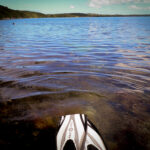 That moment when your feet leave land and there’s no turning back can either be exhilarating or scare the snot out of you as you plunge into the unknown. I still carry a little ptsd from my remora incident and today, I was sure this sketchy body of water was home to a local Lockness monster. My snorkeling buddy who carries none of these fears, however, seemed to be doing just fine swimming around, so I closed my eyes and slithered in.
That moment when your feet leave land and there’s no turning back can either be exhilarating or scare the snot out of you as you plunge into the unknown. I still carry a little ptsd from my remora incident and today, I was sure this sketchy body of water was home to a local Lockness monster. My snorkeling buddy who carries none of these fears, however, seemed to be doing just fine swimming around, so I closed my eyes and slithered in.
It turns out Sweetings Pond is an anchialine pool, filled with salt water that flows from the ocean through porous limestone rock that surrounds the pond. And—the water is remarkably clear! The first thing I saw was a Nudibranch—tiny little sea slugs each decorated with a unique set of colors and shapes that slowly crawl around the ocean. There are hundreds of varieties and they exist everywhere on the planet, although I rarely spot them. I grabbed my camera and thought to heck with the horses, this is an awesome find. And then I noticed the neon blue Nudibranches were everywhere!
Thick mats of colorful fine hair-like Hincksia and Red Filament Algae—brown and orange and red, hid little organisms that I’d never seen before. Bandedarm Brittle Sea Stars who typically are wound covertly in coral were scampering across the sand. A Rough Fileclam poked its fiery-red mantle far enough out of a narrow crack in the coral to give me my first photograph of it. In my typical snorkeling fashion, I was consumed by the micro habitats and forgot about the big bad lake around me. It was exhilarating to discover an entire new eco-system. Okay, maybe snorkeling in a lake isn’t that bad. That’s when I looked up and noticed a grouper about the size of a kitchen table staring right at me.  Whoa! As far as I’m concerned, anything bigger than you in the ocean takes your breath away. Even a gentle loggerhead turtle will make your heart skip just because of its size. Recalling that this lake was land-locked, I realized Mr. Kitchen Table was a case of a little baby grouper seeping through the limestone or being inadvertently dropped by a fishing osprey, never finding an exit from this all-you-can-eat buffet. While I knew I wasn’t on his menu, I didn’t want to be his swimming buddy. I made a mental note to keep one eye on the big stuff while on a hunt for tiny treasures.
Whoa! As far as I’m concerned, anything bigger than you in the ocean takes your breath away. Even a gentle loggerhead turtle will make your heart skip just because of its size. Recalling that this lake was land-locked, I realized Mr. Kitchen Table was a case of a little baby grouper seeping through the limestone or being inadvertently dropped by a fishing osprey, never finding an exit from this all-you-can-eat buffet. While I knew I wasn’t on his menu, I didn’t want to be his swimming buddy. I made a mental note to keep one eye on the big stuff while on a hunt for tiny treasures.
And then I saw him. Camouflaged in brown and tan colors that matched his home, his muscular prehensile tail curled firmly around the algae that anchored him in a motionless state. Hippocampus. Sea Monster. Sea Caterpillar. Bent Horse. Equus Marinus. SEAHORSE! …Giddyup. Allen called to me—he spotted another from the herd. The seas parted, the treasure chest opened wide, and my heart sang as we spotted a dozen of these sweet little creatures, one showing off his unremarkable ability to swim as he drifted upright through the water poised just like a horse prancing with his snout tucked tightly to its chest. 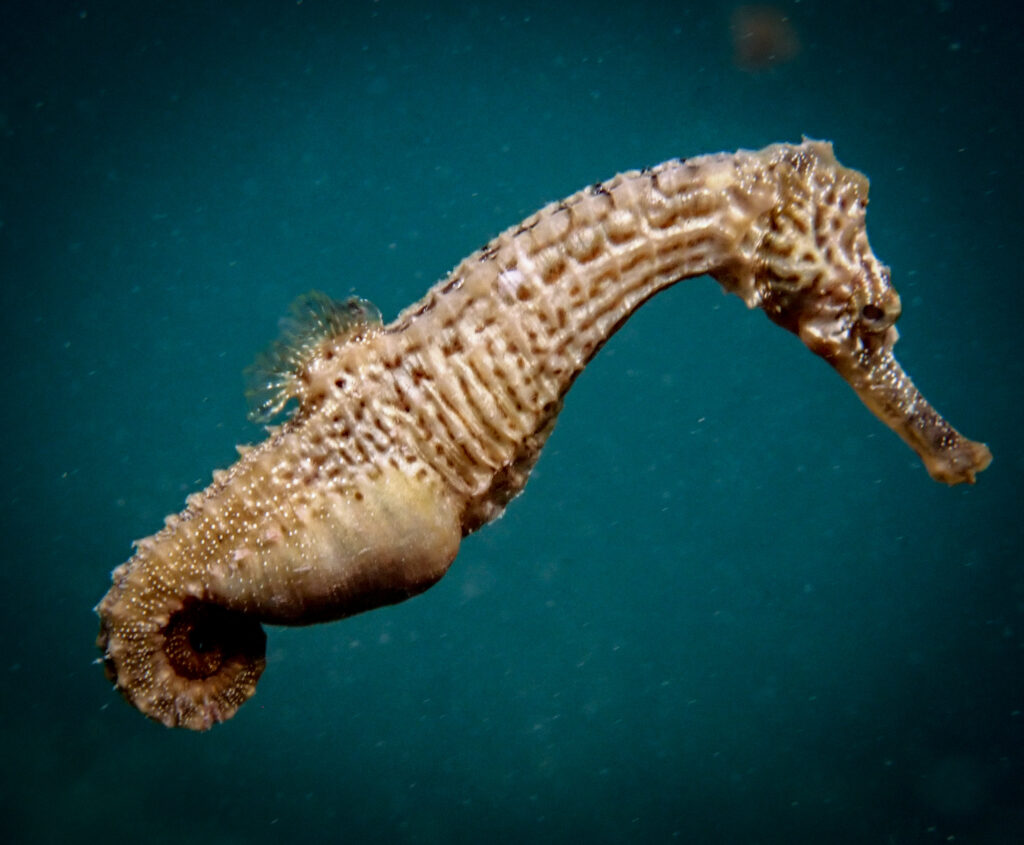
And how did I know it was a him? Look closely at the photo and you’ll notice his belly bulge. The brood pouch. The embryo sack where this extraordinary male incubates his young and then births a thousand little fries. Each fry distinguishable by a unique coronet on their head like a human fingerprint. Actually, I don’t really know if this one was a male—both genders have distended bellies because they can eat to excess. I’m just captivated by the role reversal in the species. So much I could say…
But let’s stay focused on the seahorse. How DID they get here in this land-locked lake? Could they be offspring from some ancient generation that was purposely placed here? Did they fall from the talons of an overflying raptor? Or, did a few tiny fries navigate from the ocean through the pockmarked limestone? It remains a mystery. One thing for certain, the pond is home to one of the largest seahorse colonies on the planet, likely a function of the few predators here. And, their characteristics of a shorter body and longer snout puts them in an entirely separate genetic classification. Still, these fragile creatures suffer from the same threat as so many other animals on our earth—being eradicated by humans. Poaching, net fishing, displacement by curious tourists, aquarium trade, chemical runoff from encroaching agriculture—all threaten to drive seahorses to extinction. The thought of discovering the largest population of seahorses one day and finding them on the way towards annihilation the next was sobering.
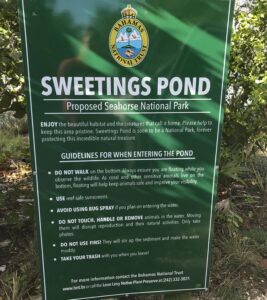 Fortunately, the Bahamas National Trust is working to designate Sweetings Pond as a Seahorse National Park. The designation would bring legislation to protect not only the seahorse but also the unusually large concentration of the Caribbean reef octopus. The entire experience left me wide-eyed, curious, and grateful. The National Park Service brat and animal lover that I am hopes the next time I visit this paradise it is a UNESCO World Heritage Site, offering the ultimate preservation and protection of the elusive Hippocampus.
Fortunately, the Bahamas National Trust is working to designate Sweetings Pond as a Seahorse National Park. The designation would bring legislation to protect not only the seahorse but also the unusually large concentration of the Caribbean reef octopus. The entire experience left me wide-eyed, curious, and grateful. The National Park Service brat and animal lover that I am hopes the next time I visit this paradise it is a UNESCO World Heritage Site, offering the ultimate preservation and protection of the elusive Hippocampus.

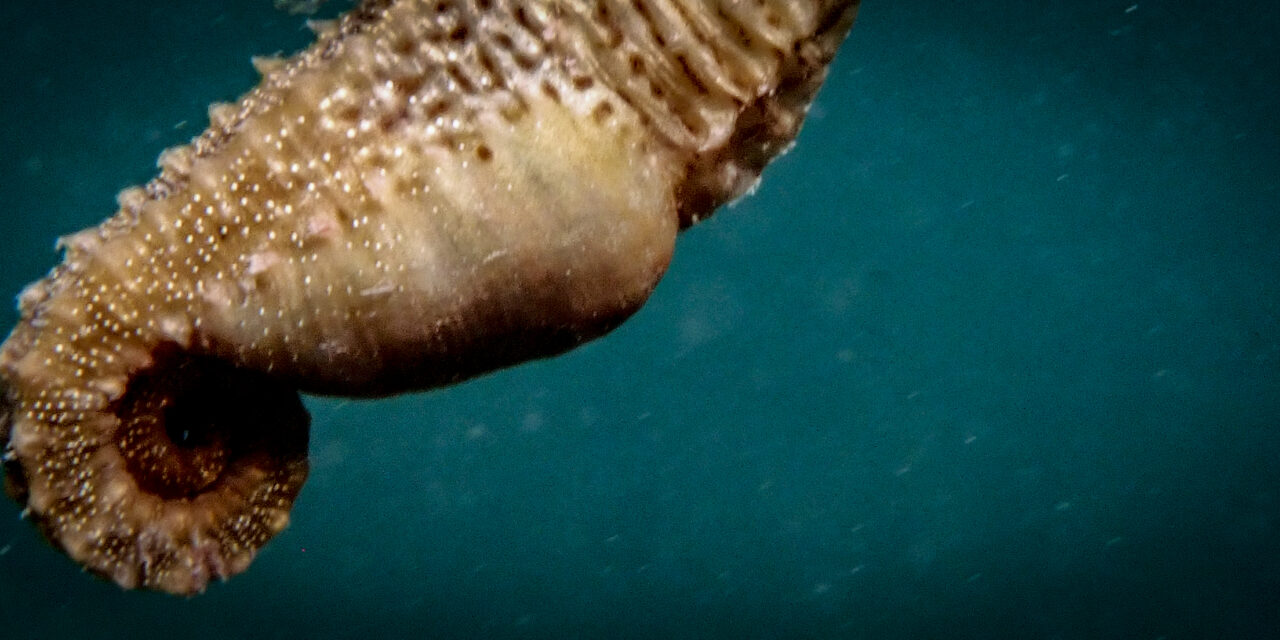
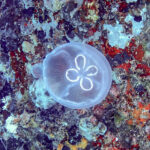
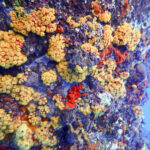
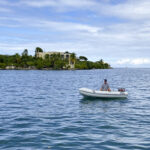
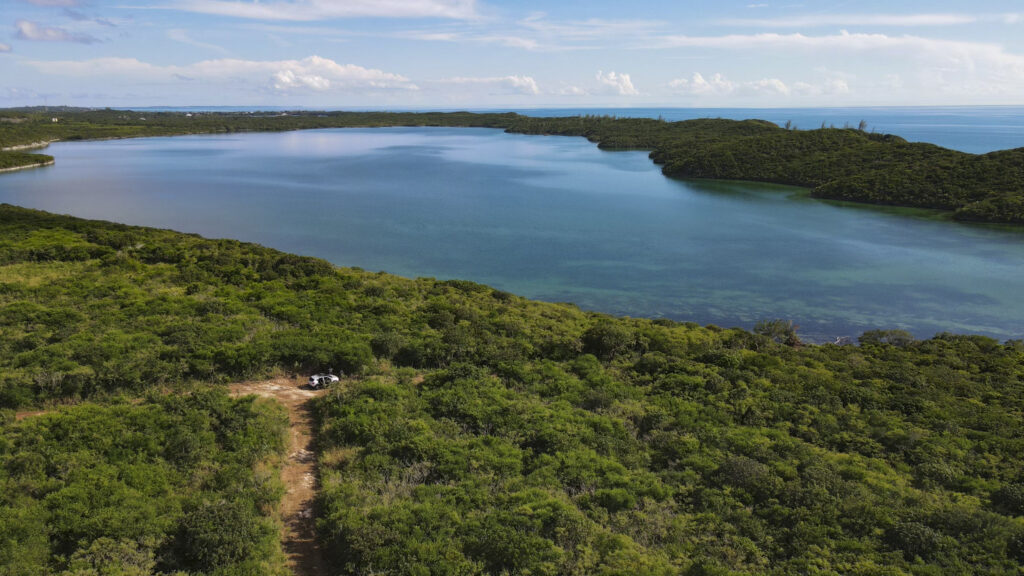
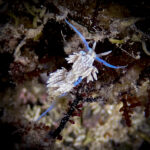

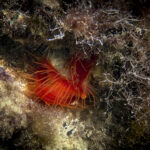
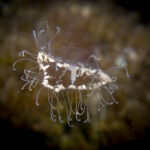
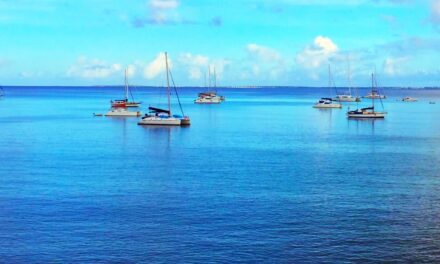

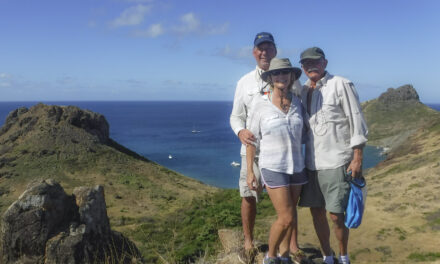
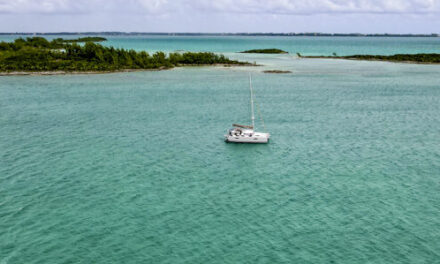

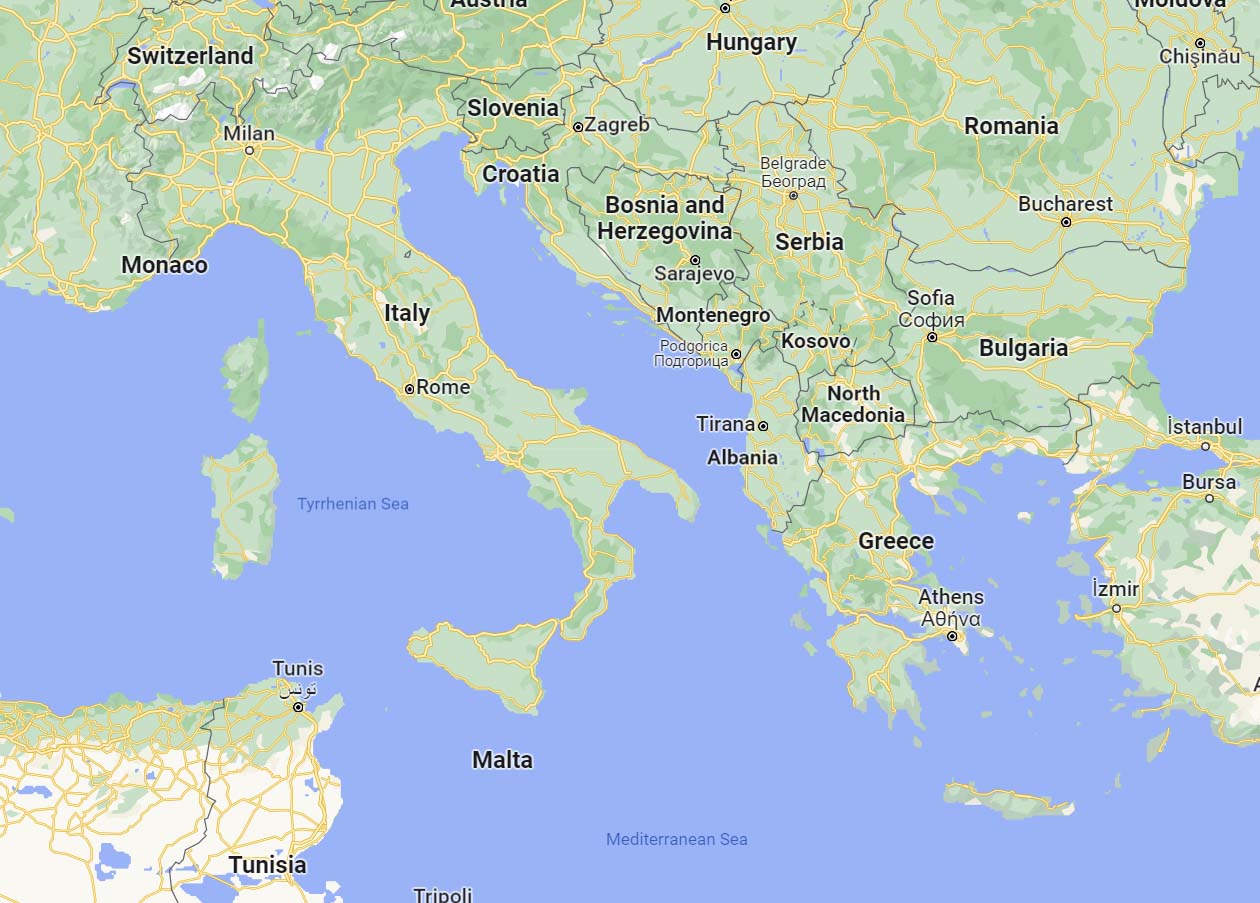
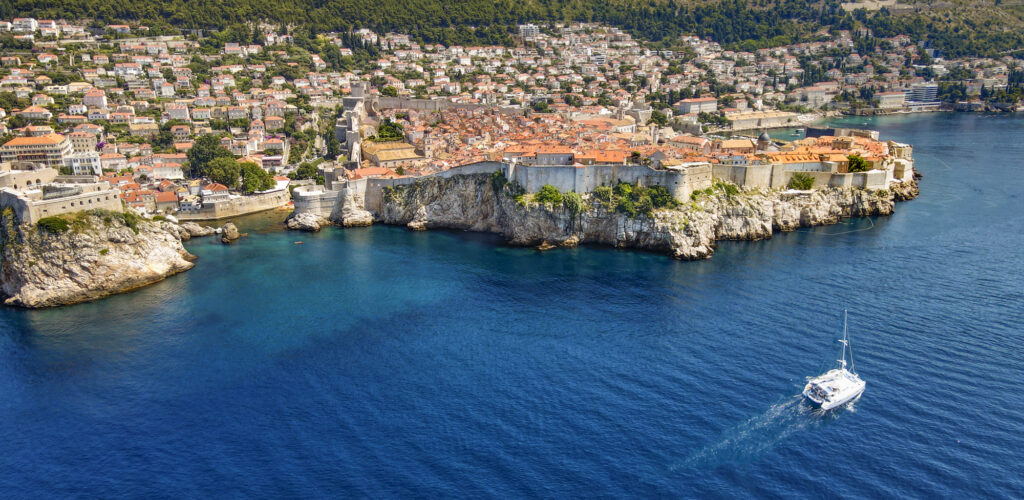
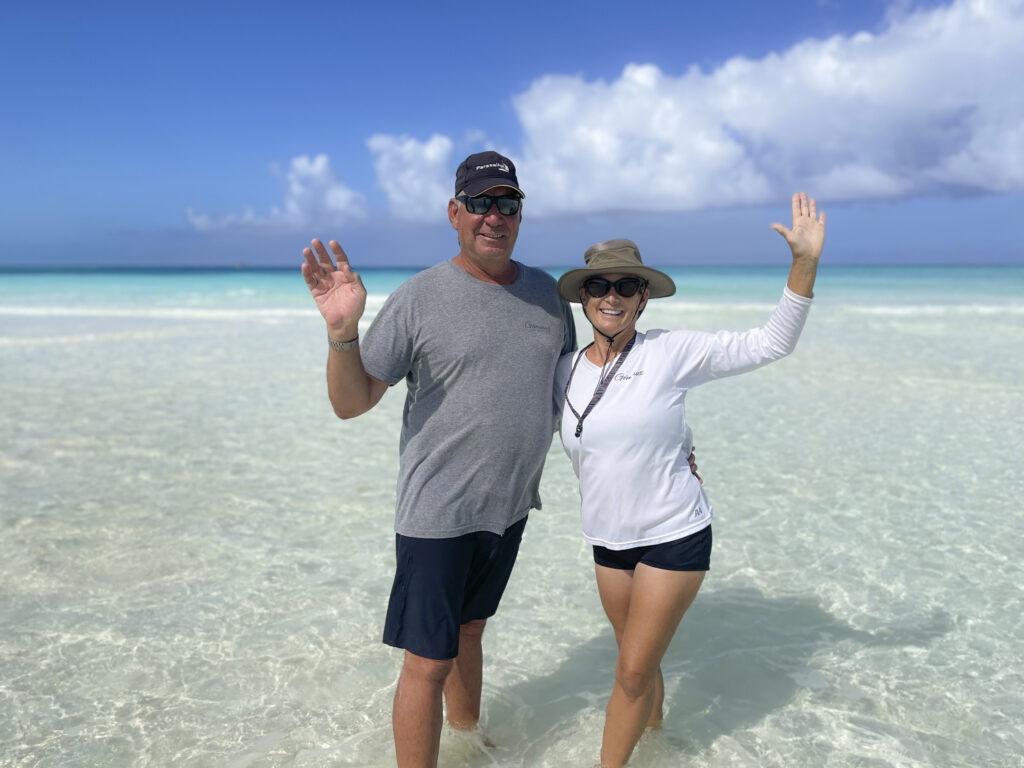
Good to read the jellies didn’t discourage you, and you were finally find nature’s role reversal gems!
Amazing. Your photos are extraordinary. Your description of beauty and fragility of the lake really brought it to life. Keep the tales coming!
After years of searching, I can only imagine how great it was to find the elusive seahorse! Congratulations!!! Seahorse ✅. What’s next?
Great photos — what an amazing adventure! In my next life, I would like to be Shiera!!
Careful what you wish for:)